Future of Dance! New Way of Forming Relationships!
Body, Space, Audience and Society
_Dance×Technology Creative Lab
Park Jisun_creative producer
With the pandemic raging on more than a year and a half, we constantly move between online and offline spaces. Contactless interaction has become an integral part of daily life, to the point that we are now used to strange quiet moments during online meetings. In the ZEPETO world, students wearing uniforms meet their friends in the classroom and enjoy taking selfies with the Eiffel Tower in the background, as if they were really in Paris. Such a world isn’t just about a temporary phenomenon triggered by the pandemic. People’s lifestyle has changed rapidly and “transition” has become an important topic. The performing arts scene has also responded to such a change, beginning to ask questions about the future of live performances. The prolonged period of social distancing is affecting how performances are created and how audiences watch them. Even the boundaries between the physical space and Metaverse have become blurred. It is thus time to return to questions about the most important nature of the performing arts: performativity and interaction.
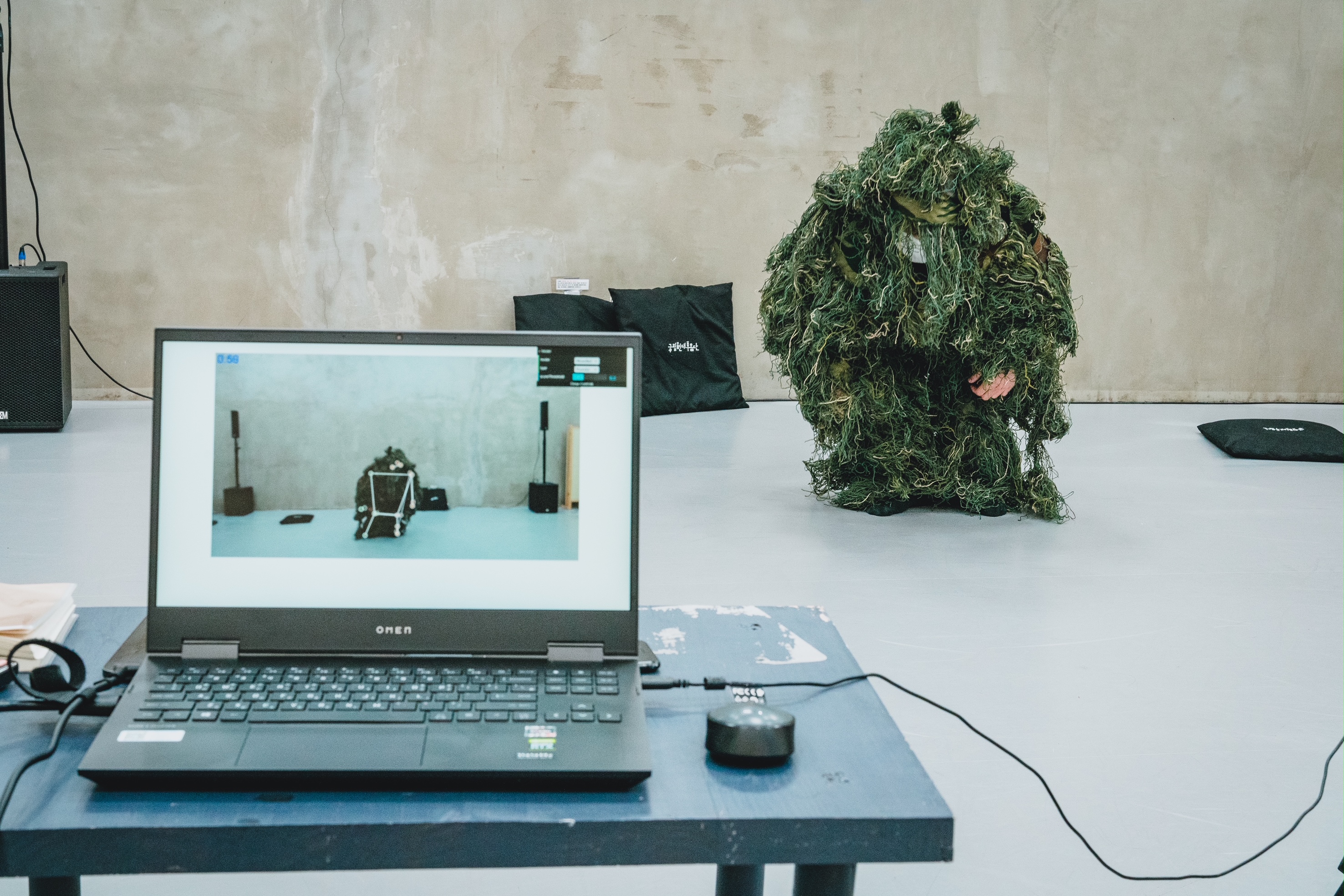
Dance×Technology Creative Lab 2nd workshop @Taek-Keun Nam
Under these circumstances, Korea National Contemporary Dance Company launched a new experimental project this year, actively considering the “future of dance.” The project is called the Dance×Technology Creative Lab1). The Lab’s mission is to reflect on the era of technology, to explore the link between the arts and technology, to imagine a new dance without borders and to ask questions about the future of dance. In the near future, how could dance meet the audience in a new way? What role could dance play amid social transition? In a society dominated by technology, how should the arts involve technology? What could be a new artistic form and experience that is imagined at the crossroads of dance and technology? What would be the new way of forming relationships with audiences in the digital age? All these questions arise from their mission. The keywords of the Dance×Technology Creative Lab are as follows: “expansion, increase and removal of physicality,” “social distancing and sensuous experience of dance” and “autonomy of choreographic creation.” Building on these keywords, the Lab started by asking the following questions. First, how could the existence of human bodies and liveness be realized in the Metaverse? Second, amid the pandemic, how could technology generate a new experience of sensuous interaction, which is the most fundamental nature of the perfomring arts? Third, to which extent could the autonomy of technology intervene in choreography? The Lab will be run for a couple of months from June to August in three phases. The first phase called “Being Inspiring!” consists in lectures given by international choreographers and producers. The participants will review different cases from other countries to inspire each other and to think of questions. The second phase called “Being Creative and Collaborative!” divides the participants into four teams to carry out an experimental workshop with facilitators and technical mentors. The final phase is “Moving Forward!” In this phase, the participants will give presenations on the prototpyes they discussed and experimented with. After follow-up discussions, they will have chances to develop the prototypes into real works. As of late July, the Lab is heading to the end of its second phase, moving between online and offline spaces amid the pandemic.
The Lab has 21 participants. They are choreographers, dancers, technical developers, sound designers, producers and researchers. In the selection process, they were asked to answer a few questions: “What is a live performance you imagine for the near future?” “What is your question about the Lab’s kick-off questions?” Many of the participants imagined live performances combined with VR, AR and XR worlds. In other words, it is increasingly meaningless to divide real and virtual worlds. Audiences will have vivid experiences of performances inside the Metaverse. Their experience will turn into what is active and what is done in small groups or individually. As for audiences’ active experience, many of the participants mentioned game-type performances. Those living in the digital age feel familiar with games. So they would download stored data on bodies and movements just like games. Then they would experience and interact with the data in the virtual world where they would be the audience of a live performance. As different media are subdivided and individualized, forms of performances would also be subdivided. Different performances would provide different audience experiences. This is what the participants imagined. Of course, such imagination is already becoming a reality. Some of them also said that a more comprehensive experience of a live performance would become important. Such a process includes physical acts of buying tickets, looking at the bodies of others watching a performance at the theater and exchanging views after the show. The questions asked by the participants are classified into three categories. The first category is “dance in the virtual world.” For example, human bodies coexist in both real and virtual worlds. As bodies connect the two worlds, how should dance be choreographed? What about the existence and liveness of multi-persona elements like avatars in the Metaverse? What would be the liveness of a performance in the digital space? What would the audience feel and how would they interact? The second category is “AI and robots.” The participants’ questions were about artificial intelligence and its link to humans, the trustworthiness of AI, the expansion of bodies through robots and the possibility of overcoming choreographic limitations with robots. They also asked, “If technological development replaces everything in the future, what would be the unique attributes of human artists and performers that cannot be replaced? The third category is “sensuousness.” The audience watch a performance in a separate space due to prolonged social distancing. Then how could performers ensure a sensuous interaction with them?
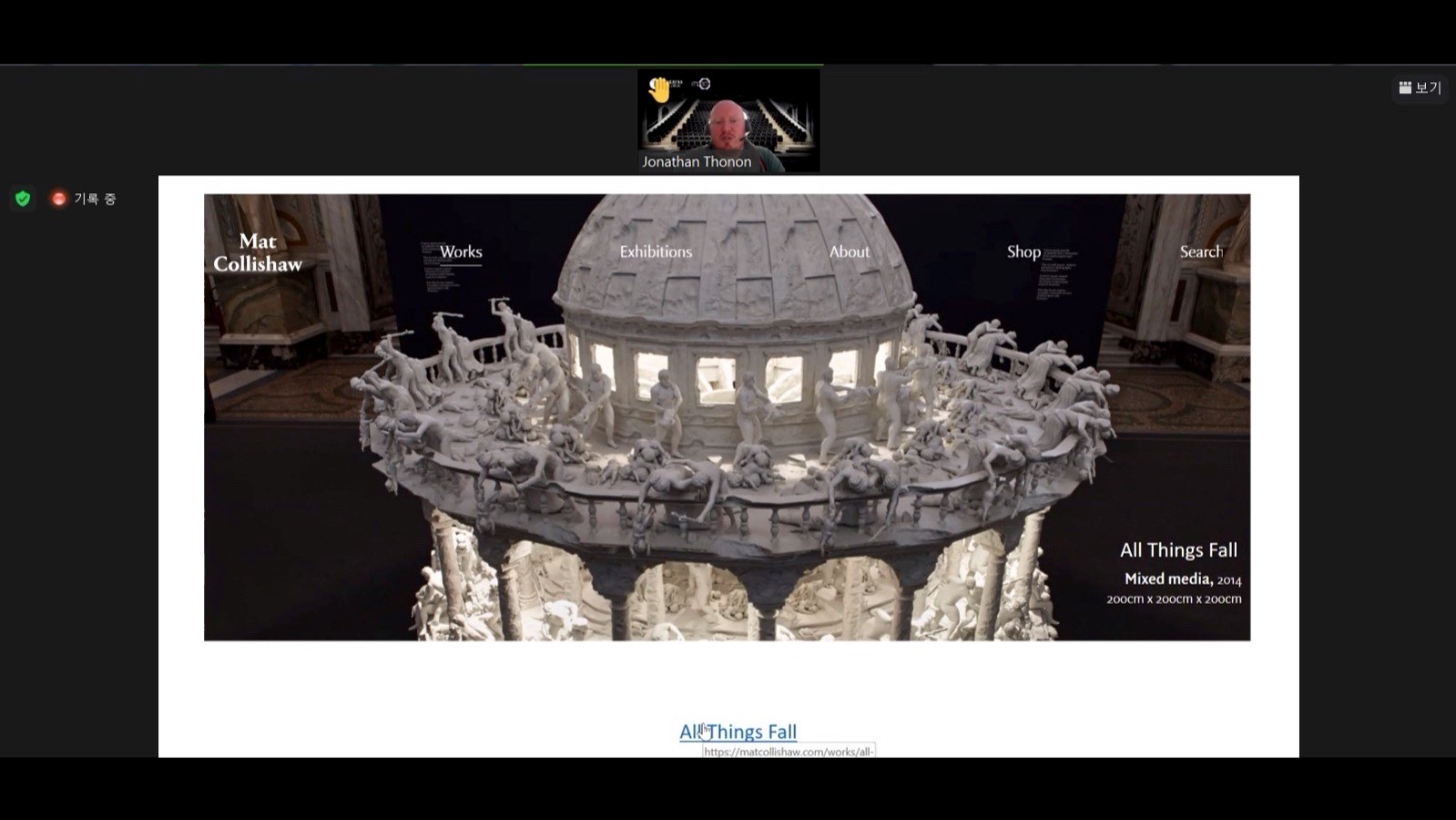
Dance×Technology Creative Lab 1st workshop(Jonathan Thonon)
Even before the workshop, the Lab was filled with questions. So the workshop was launched as a process of answering these questions and finding other ones. The workshop started with a lecture by Jonathan Thonon, artistic director of IMPACT2) at Théâtre de Liège in Belgium. IMPACT is a laboratory, festival and platform combining the arts, science and technology. Over the past few years, IMPACT has formed a new ecosystem through the collaboration of artists, scientists and technicians and that of industry, academia and the arts scene. He said that in this era of the global hybrid movement, the combination of the arts and technology should involve questions about human perception and society. In this context, he came up with two concepts: “frictionless society” and “creative friction.” The concept of “frictionless society” is used by businesses for marketing. It refers to a society where all kinds of physical interaction gradually disappear to be replaced by a fluid, “liquid” society. For example, we can call a taxi and automatically open and close the car door with a smartphone. And we can pay the taxi driver without cash. This is what a “frictionless society” is about and it is an ideal society in the capitalist system and marketing. In such a society, customers experience convenience without any friction. We can avoid “physical exchanges or transactions.” Such convenience removes person-to-person friction and contact. And we end up losing our bodies. Bodies can exist only in connection with other bodies. But if we lose connection with other people’s bodies, we lose the existence of our bodies. Jonathan Thonon asks about the role of the arts and artists in such a frictionless society. He says that it is important to create and show new frictions, to unveil the illusion of utopia suggested from the marketing perspective and to connect people. What is “creative friction”? In science, friction is a process of generating energy and an artist is a person who creates new energy. Artists can create energy and reproduce friction. Artists’ role is to create a space for friction and to bring friction back to our society. He suggsts that artists bring back friction by stealing technologies that are ceaselessly developed to make a frictionless society. As an example, he mentioned〈Random GPS〉by Stéphane Degoutin and Gwenola Wagon. “Random GPS” is a car GPS developed through hacking. As its name implies, this GPS was designed to lead the user in a ceaselessly changing direction, not toward a fixed destination. In other words, this GPS helps you get lost. Artists generate accidentality in daily life by using technologies in a way that is the opposite of their original purpose. Another example is〈Die with Me〉, a messenger developed by Belgium’s Dries Depoorter. What is unique about this messenger is that you can sign in only when the battery level of your phone is 5 percent or less. After typing in your nickname, you can say goodbye to other users whose battery level is also less than 5 percent. Initially, the developer also considered a possibility of some romantic connection. That is, you could find those whose battery level is low thanks to this application. And after meeting them, your battery would be out so you would talk to them in person. Another example he mentioned is 〈Alter Bahnhof Video Walk〉3) by Canadian artists Janet Cardiff and George Bures Miller. This is how it works. You walk at a train station, following a smartphone video that asks questions about the shadow of history. Following the moving images, the virtual and real worlds connect and intersect at the same time, thus causing friction between the fictional history and reality.
In his second lecture, Jonathan Thonon shared cases of working on experiences and sensors based on artificial intelligence, robotics, virtual reality, augmented reality, drones and applications in dance, which has been changed by new technology more than any other performing arts genre. In this context, he elaborated on the implications of human bodies and technologies in the real world and the possibility of social distancing through technology. He also mentioned the topic of climate change. To him, this topic is something we need to contemplate for the next 10 to 100 years, going beyond different keywords of the “arts and technology” that have existed from the past to the present. It is time to ask ourselves what artists should do for Earth. Responding to today’s need to make a global transition, artists and scientists are beginning to explore how to turn the theme of “climate and transition” into a social theme. Asked about the need to innovate not only with high tech but also with low tech, he said that our technology is currently at its peak and that we would experience a technological decline for the next ten years. Repeatedly emphasizing the importance and innovative nature of low tech from the perspective of Earth’s ecosystem, he introduced〈Only Low-tech〉, a work produced with energy generated by a bicycle.
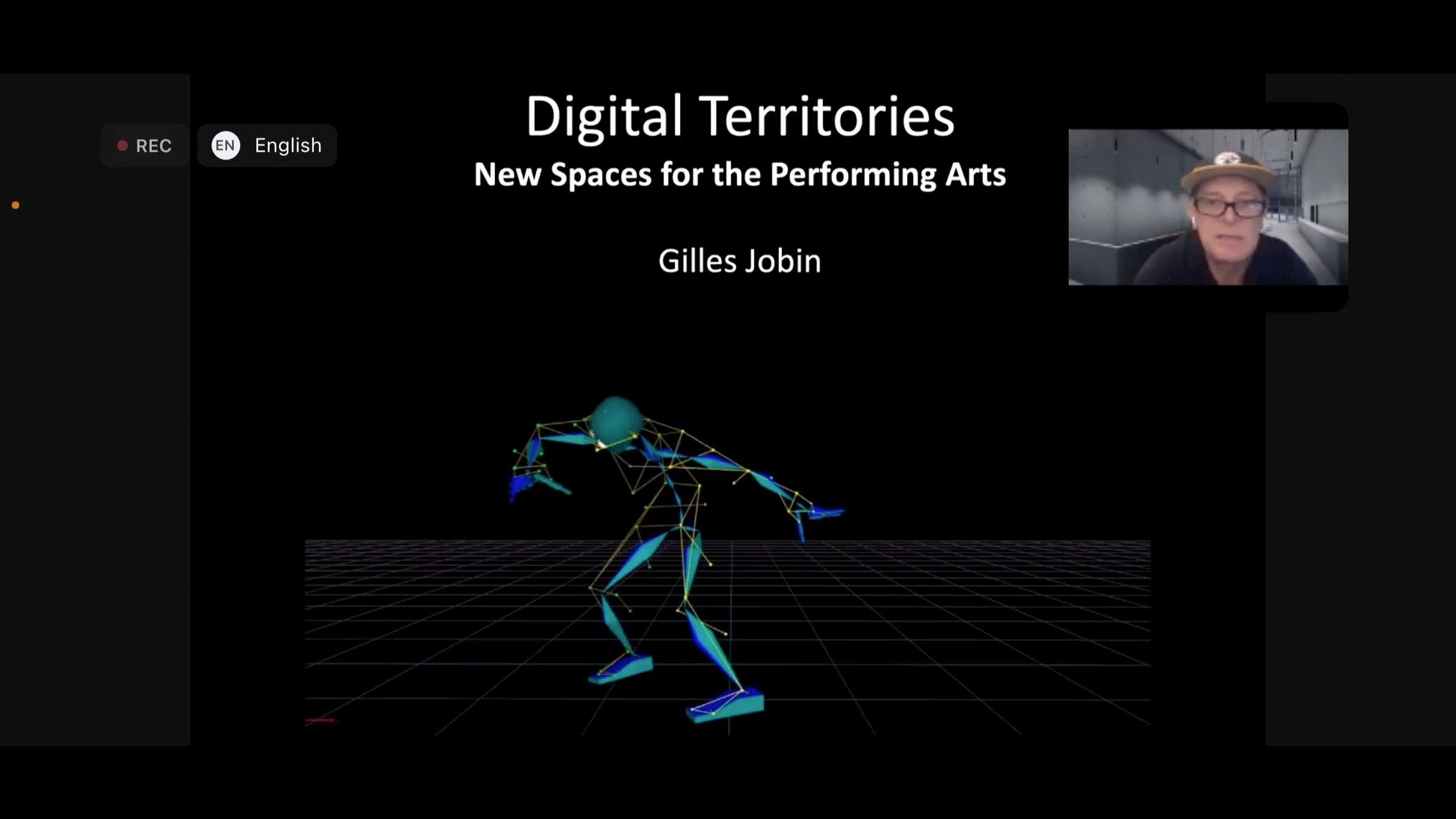
Dance×Technology Creative Lab 1st workshop(Gilles Jobin)
After that, the workshop shared international choreographers’ diverse cases. Gilles Jobin4), a choreographer based in Geneva, introduced different digital dance projects he has developed for the past few years under the theme of “Digital RealmーA New Space for the Performing Arts.” He also showed how artists use motion capture and network technologies to be connected to each other and to create something even amid the pandemic. Gilles Jobin, who works as a choreographer, dancer, stage director and film director, has regarded the digital realm as a new space of the performing arts to pursue his experiment and exploration. People have asked many questions comparing the existing dance and VR dance: if the latter could be considered “dance” or the “performing arts.” Despite such questions and controversies, he has built his own world, believing that he could make new dance performances. Among his works,〈VRI〉was also presented in Korea. In this work, the audience become avatars to experience the space and dance of giant avatar dancers in the virtual space. Here, the audience have an experience of becoming performers. They become avatars in wheelchairs in the virtual space to interact with others. Gilles Jobin emphasizes that the virtual space is much more inclusive and accessible than reality. When it comes to urban dance using augmented reality, he introduced Dance Trail5), an application developed by his company. You can download this application on your smartphone to bring dancers to any place you want and to experience a dance performance. This is an interesting work that enables you to bring dance anywhere in your life. Anybody with a smartphone can experience it. Highlighting the importance of global connectivity and remote collaboration amid today’s pandemic, he is convinced that the digital space is opening a new world for us. Avatars, which appear in all his works, look like dancers and they move like them. Just their sizes are different. The dancers’ avatars are either much bigger or smaller. He doesn't produce animations or characters out of dancers through motion capture. Instead, he shows actual people as they are. For example, he brings their bent back and asymmetrical bodies to the digital world. Although his space moves from the real world to the digital world, his philosophy and view of the world stay the same in both worlds.
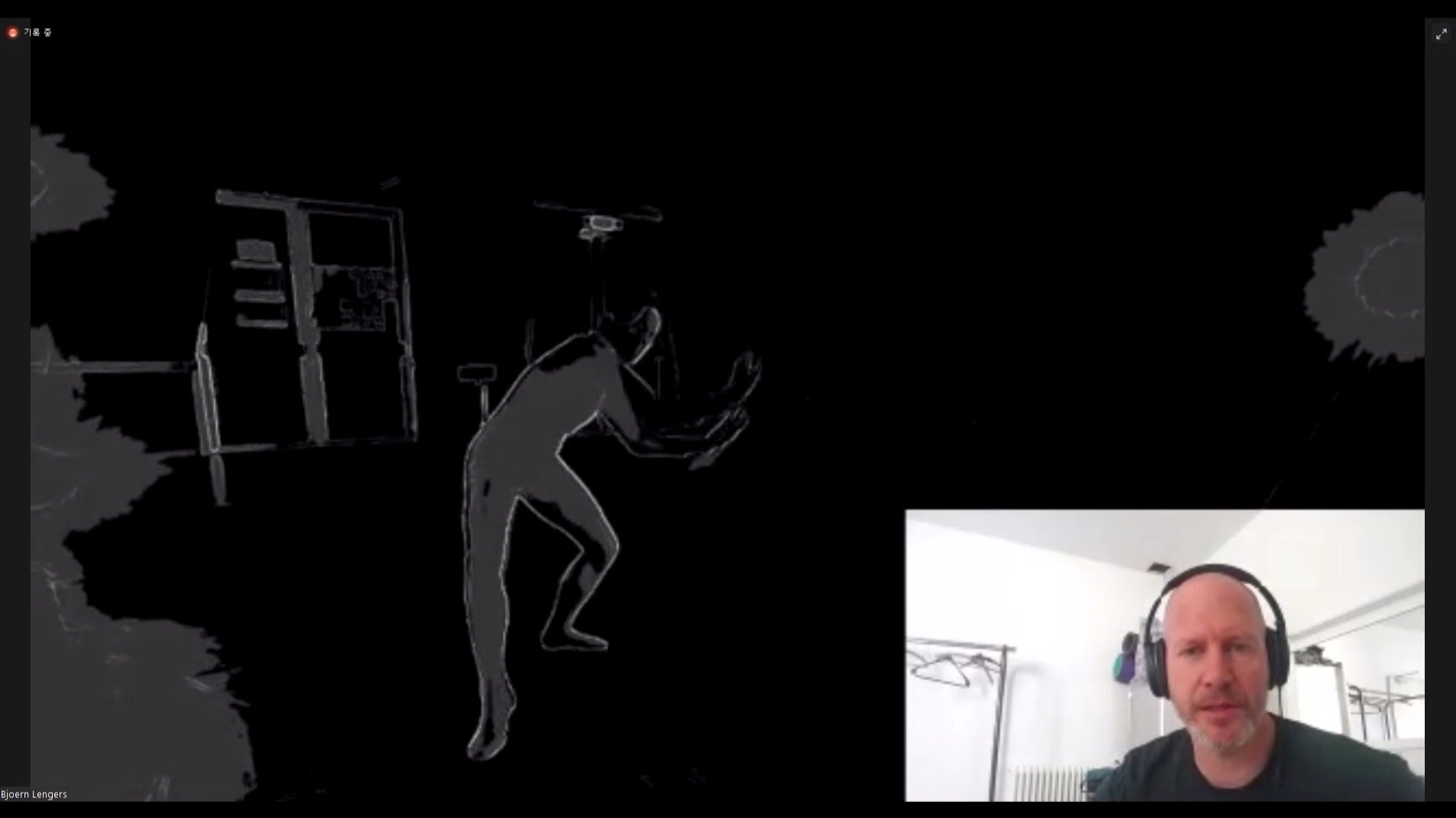
Dance×Technology Creative Lab 1st workshop(Björn Lengers)
CyberRauber, a VR theater run by Björn Lengers and Marcel Karnapke based in Berlin, shared their recent case of〈Cyber Ballet〉under the theme of the “Theater and Dance in Digital Reality.” CyberRauber says that virtual reality is a social experience. They focus on viewing technology from the human perspective and finding ways to gather people through technology. They emphasize that virtual reality can inspire people and move their bodies even though they also isolate them. Their production
The next speaker was choreographer Alexander Whitley6). Under the theme of “Posthuman Dance: Motion Capture, Immersive Technology and Experience of Dispersed Performances,” he shared cases of his works involving technology: multidisciplinary dance activities, collaboration with digital artists, motion capture, virtual/augmented reality and robotics. To him, technologies cannot replace performances but they just supplement them. Based on this conviction, he explores how posthuman and digital technologies change the way people think and communicate as well as their experience. As a choreographer, he has used virtual reality for his experiments intended to choreograph dances in a 360-degree setting and to find a methodology of providing a new experience of audience participation. He has also choreographed differentiated movements on a virtual platform.
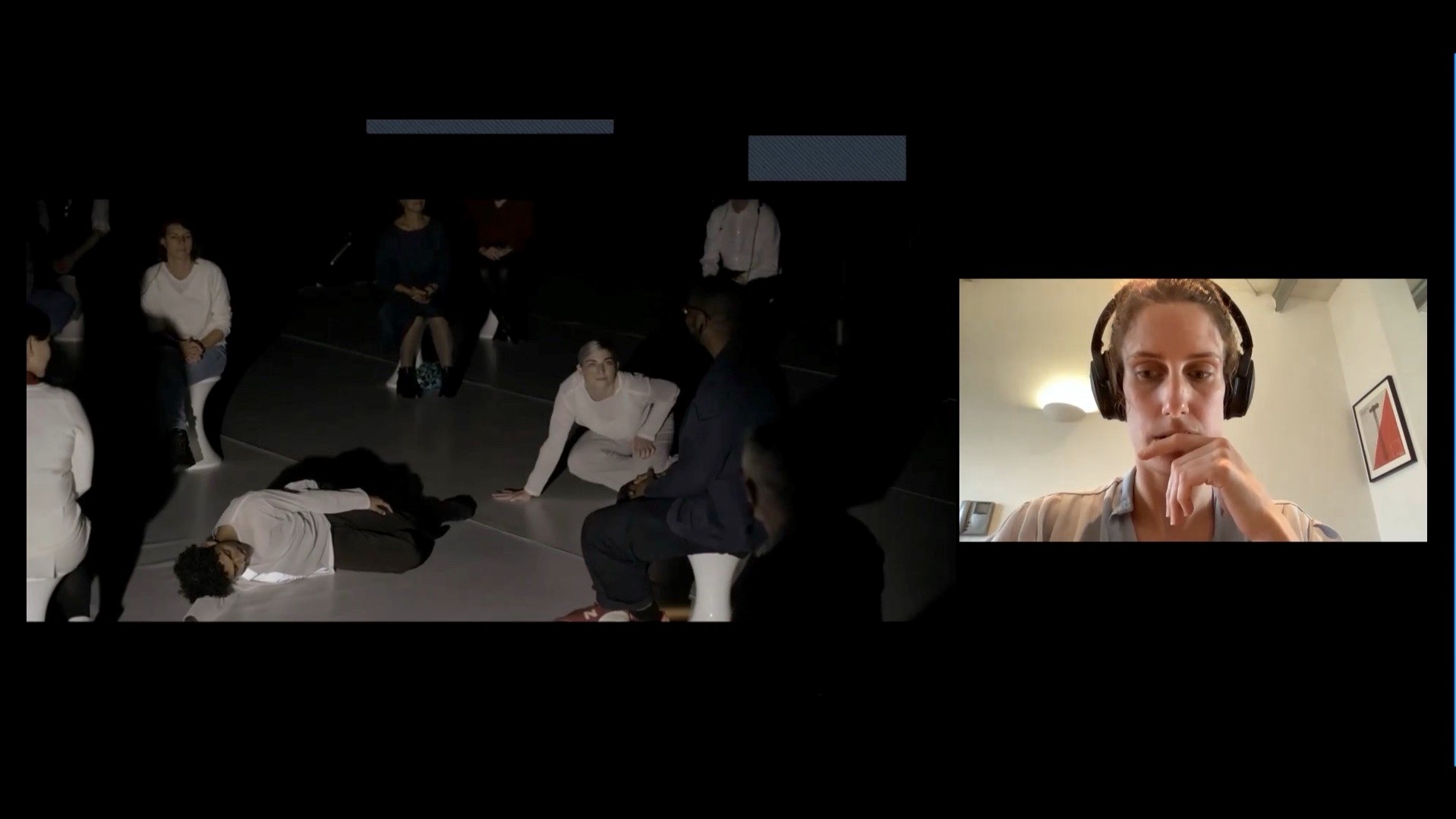
Dance×Technology Creative Lab 1st workshop(Salome Bazin)
Lastly, Salome Bazin, founder of Cellule,7) shared her cases under the theme of “Connected Bodies and Bodily Intelligence.” Her inspiration for the participants was totally different from that of the previous speakers. Cellule is a design studio that gathers together experts in different fields including science, medicine, technology, art and architecture. Exploring the link between people and bodies and that between technologies and humans, she asks how to ensure the true connection with others in today’s digitally connected world, how to use technology for a deeper level of bodily connection and how to express individuals’ sense of closeness through dance. Asking these questions, she is searching for connectivity. She quoted Pina Bausch who said “Dance, dance, otherwise we are lost.” By doing so, she suggested “dance, body, connection” as a topic in a divided society. Her dance〈Digital Umbilical〉was very impressive. This performance was created to enable the dancer and audience to hear each other’s hearbeat through a sensor. The audience and dancer coexist on stage, at a certain distance. They not only see each other but they also have a deeper feeling of bodily connection. She said that she hadn’t collected much data because she performed this dance only once due to the pandemic. Despite this, this case was a great inspiration regarding how to connect the audience and performer today, with social distsancing considered a part of daily life.
As of late July, the Dance×Technology Creative Lab is carrying out the second phase of their workshop. They are divided into four teams according to their interests. Each team makes questions with facilitators and technical mentors. They also conduct choreographic and technical experiments. All teams start from a rather general question about “the future of dance” and move forward in different directions. For instance, one of the teams focuses on the theme of “artificial intelligence and human bodies.” They experiment with diverse approaches concerning artificial intelligence: human movements that cannot be perceived by artificial intelligence that has studied human bodies, possibility of learning human senses and facial expressions from artificial intelligence as well as artificial intelligence and artistic creation. If reality and virtual reality coexist in one space, how could the dancer’s body in reality and the one in virtual reality influence each other? What does it mean not to objectify human bodies that are distorted and treated as part of games in the digital world? In complete darkness, could we sense and read the dancer’s movement lines, their directions and even the entire dance performance only by listening to their breath? How could the audience appreciate dance with senses other than the visual one? If the virtual world becomes a new stage, how could it reveal improvisation and intuitive expression? What about the possibility of artistic interpretation of technical errors? In this way, the Dance×Technology Creative Lab is still full of questions. And all questions are headed to the new future of dance performances, choreography, dancers, stages and audiences. After the second phase of the workshop, the four teams will share their questions and experiments on August 18.
Park Jisun is a creative producer working on a variety of genres including the theater, dance and multidisciplinary performances. She plans festivals and residencies and produces performances while also planning and running international networks. She also delves into contemporariness by exploring different themes (e.g. city, border, climate change and technology/art) with artists. She is currently planning the “Vegetable Garden of the Arts: Climate Change Residency for Artists” and is serving as the planner of the Dance×Technology Creative Lab.
1) Organized by Korea National Contemporary Dance Company / planned by Korea National Contemporary Dance Company and ParkJiSeon (producer) / Supported by the Convergence Arts Center at Korea National University of Arts and Gieoi Inc.
2) International Meeting in Performing Arts&Creative Technologies https://theatredeliege.be/impact
3) https://youtu.be/sOkQE7m31Pw
4) https://www.gillesjobin.com/en/
5) https://dancetrail.app
6) https://www.alexanderwhitley.com
7) https://www.cellule.co.uk








 PREV
PREV
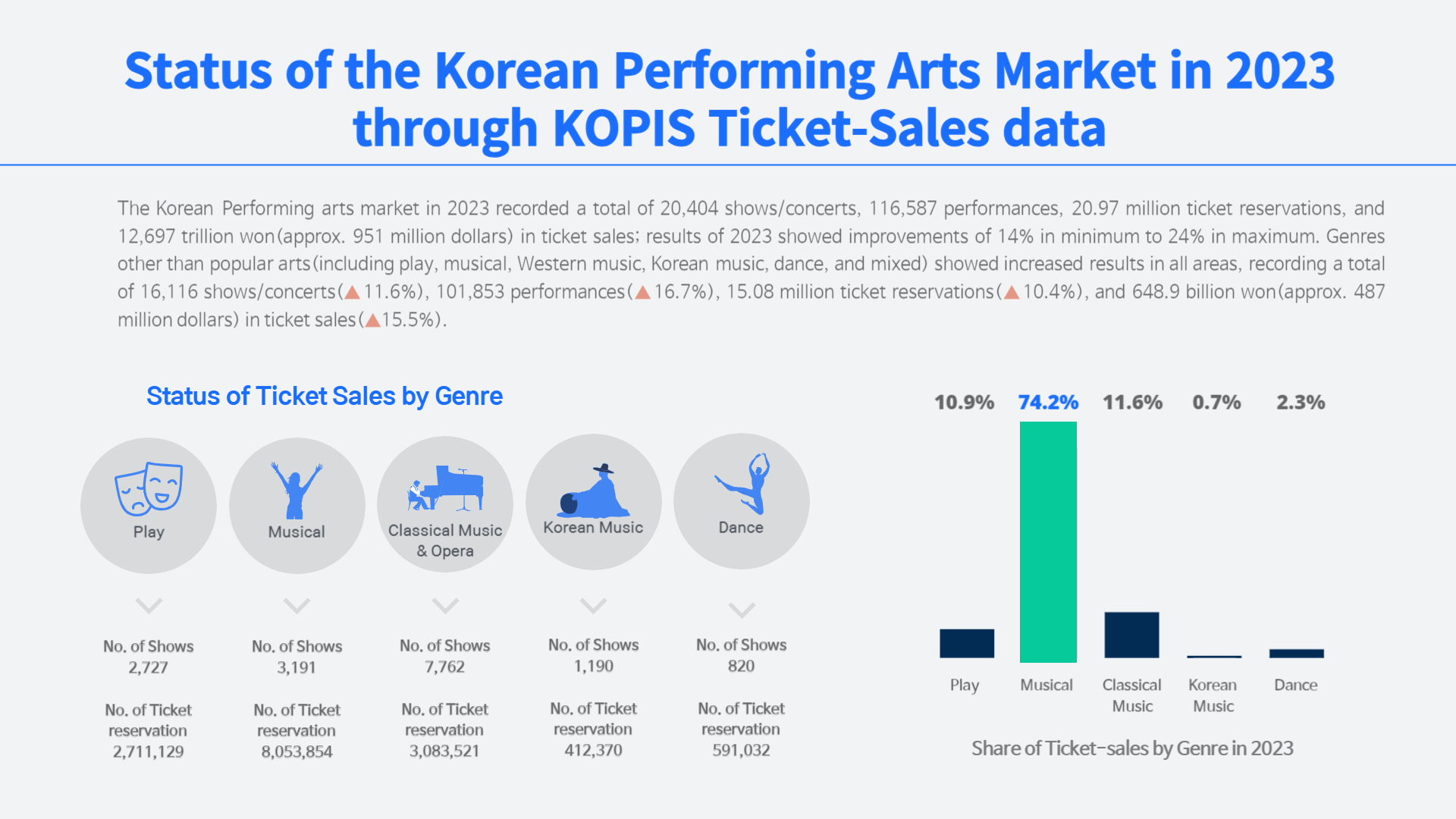
.jpg)
.jpg)
.jpg)
.jpg)











